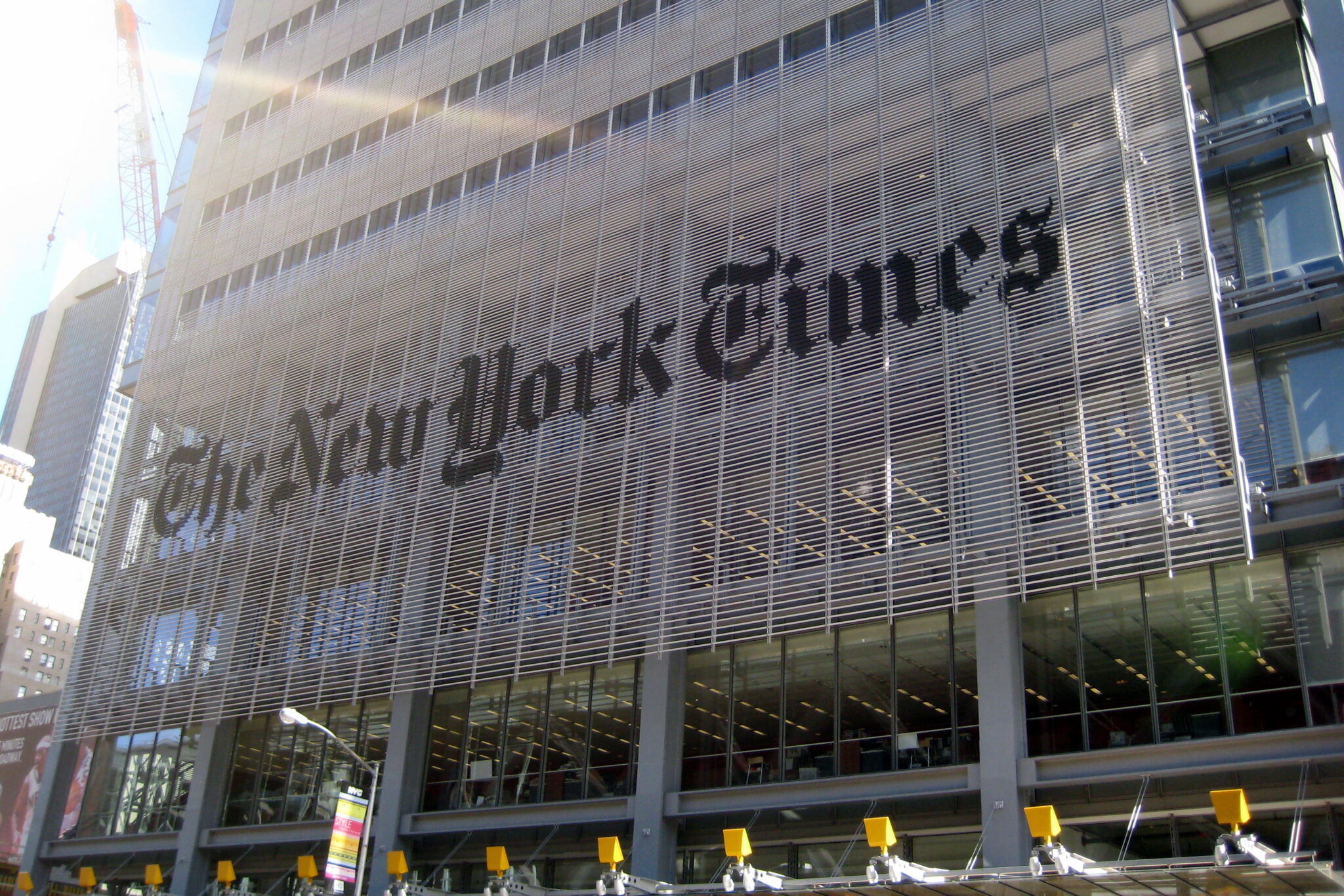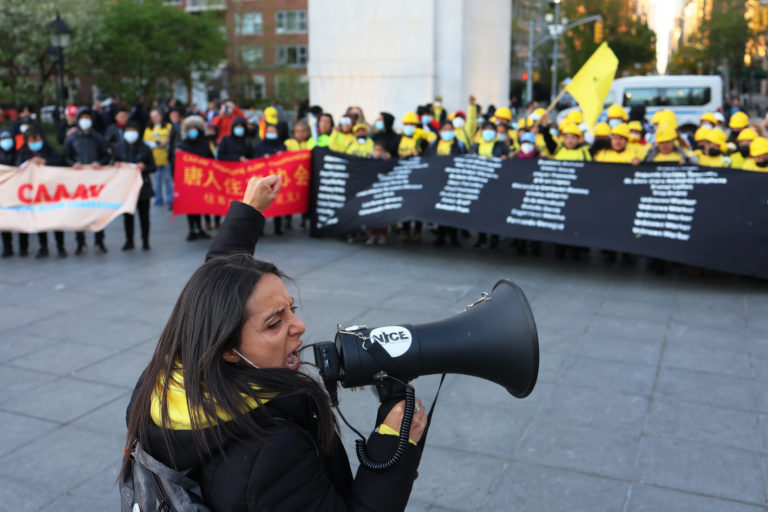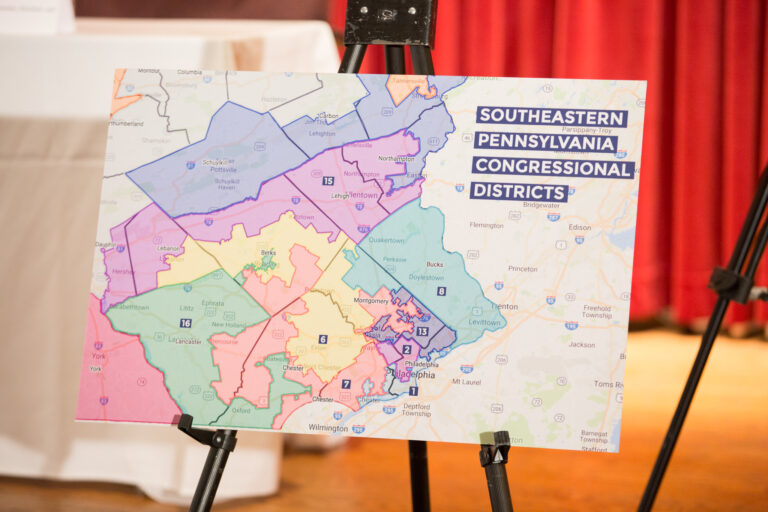
Sunah Chang is a student at Harvard Law School.
In today’s news and commentary: the New York Times Tech Guild returns to work as bargaining talks continue, and Bloomberg Law analyzes the fate of the EEOC under Trump’s second term.
Yesterday, the New York Times Tech Guild, the union representing more than 600 tech workers, announced the end of their week-long strike. Last Monday, the guild launched a strike just a day before election day to raise pressure on the company in the midst of stalled contract negotiations. The guild has been in ongoing negotiations over wages and job security with the New York Times for over two years.
Negotiations did not progress during the week-long strike. However, the tech workers have expressed optimism that the strike will reinvigorate contract talks moving forward. According to the Tech Guild, the strike impacted the New York Times’ election coverage by eliminating state-level or non-presidential needles from its website, disrupting ads, and slowing down apps and websites. The Tech Guild also stated that subscribers across the country showcased their solidarity with the striking workers by boycotting the New York Times’ cooking app and daily word puzzles and by using the Tech Guild members’ independently run games site during the week-long strike. In a press release published yesterday, the Tech Guild’s unit chair, Kathy Zhang, stated that the strike served as a “warning” to the company. “We clearly demonstrated how valuable our work is to The New York Times, especially on election night, and showed that we have the full support of subscribers and allies across the country going forward.”
In light of the recent presidential election, Bloomberg Law has published an article diving into how the second Trump administration may shape the future of the EEOC. According to the article, Trump has plans to appoint the current Republican commissioner, Andrea Lucas, as chair of the EEOC and to replace the general counsel with a Republican appointee. Once Vice Chair Jocelyn Samuels’ term expires in 2026, Trump will have the chance to appoint another Republican commissioner to the EEOC, securing a majority of the five-person board. Up until then, the Democratic majority may stall Trump from pushing forward his agenda through the EEOC; a 2021 update to EEOC practices grants a majority of commissioners the authority to request a vote to bring most cases. However, once the majority of the board flips in 2026, it is anticipated that the Trump administration will wield the EEOC to further various conservative policy agendas, such as combating DEI efforts or reducing protections for LGBTQ+ and pregnant workers.






Daily News & Commentary
Start your day with our roundup of the latest labor developments. See all
December 18
New Jersey adopts disparate impact rules; Teamsters oppose railroad merger; court pauses more shutdown layoffs.
December 17
The TSA suspends a labor union representing 47,000 officers for a second time; the Trump administration seeks to recruit over 1,000 artificial intelligence experts to the federal workforce; and the New York Times reports on the tumultuous changes that U.S. labor relations has seen over the past year.
December 16
Second Circuit affirms dismissal of former collegiate athletes’ antitrust suit; UPS will invest $120 million in truck-unloading robots; Sharon Block argues there are reasons for optimism about labor’s future.
December 15
Advocating a private right of action for the NLRA, 11th Circuit criticizes McDonnell Douglas, Congress considers amending WARN Act.
December 12
OH vetoes bill weakening child labor protections; UT repeals public-sector bargaining ban; SCOTUS takes up case on post-arbitration award jurisdiction
December 11
House forces a vote on the “Protect America’s Workforce Act;” arguments on Trump’s executive order nullifying collective bargaining rights; and Penn State file a petition to form a union.